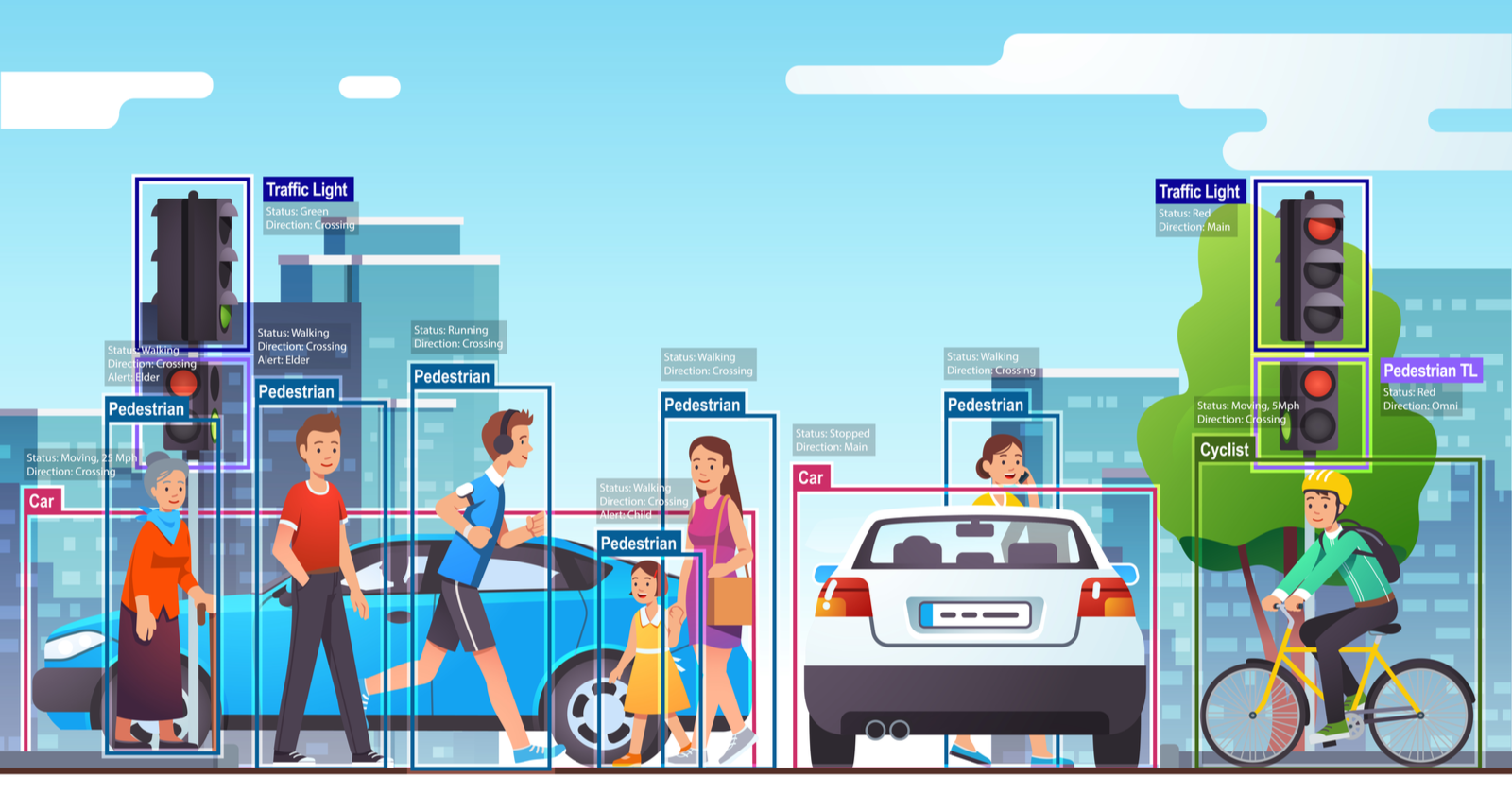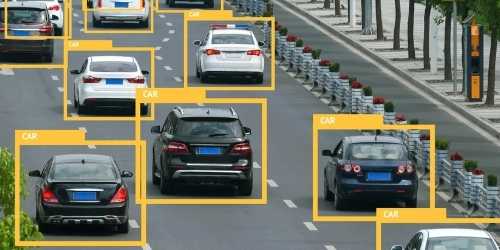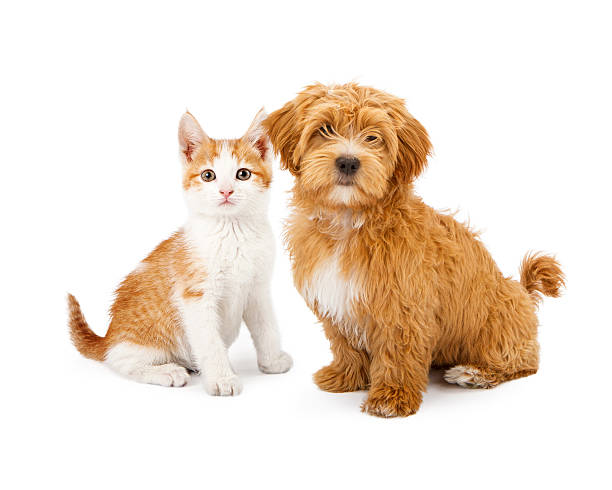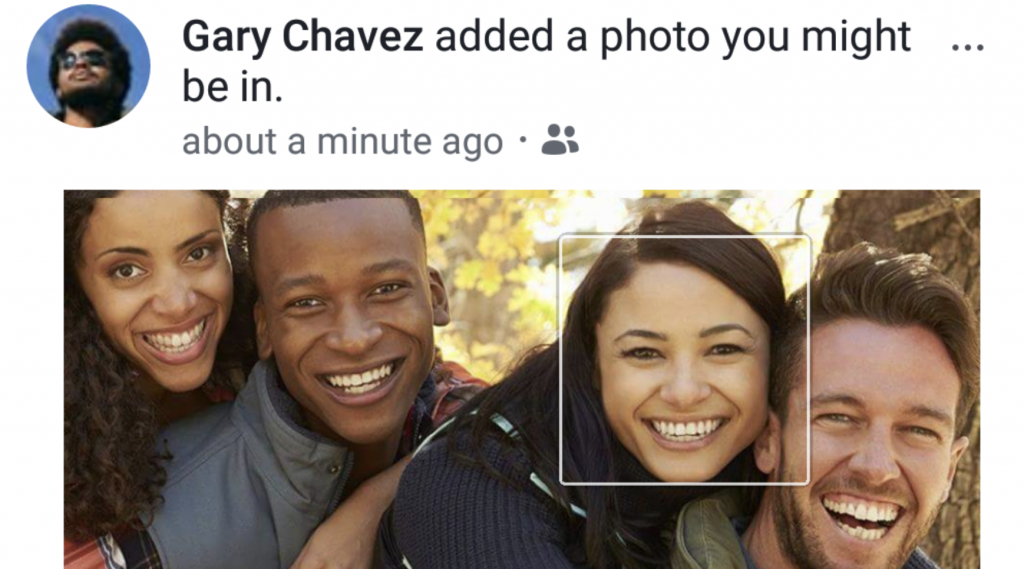What is Computer Vision (CV)?

Computer Vision trains computer to interpret and understand the visual world.
CV has been around 1950’s for example: the barcode scanner is an example of Computer Vision.
When your camera identify your face and auto focus faces on it; that’s computer vision in action, when facebook auto suggest who to tag in a photo then that is computer vision in action too, when a car is able to drive it self that also computer vision.
There is 2 types of Computer Vision:
Classical computer vision
Relies on pre-built libraries of features. For example: if you try to identify your face then this libraries or features will allow you to very quickly find eyes, the nose, mouth, etc.
There are libraries for most common objects from knife and forks to cars there are not neural networks involved and the beauty of the classical computer vision is that is efficient and extremely fast.

Deep Learning computer vision
The types of neural networks that make this make this possible is called convolutional neural networks and is important to understand how convolutional neural networks learn. The best way to think about it is that we have a black box inside which there is a neural network and there is not pre-programing and this black box have the capacity for memory or experience.

What we will do is to feed this black box with thousands of images let’s say dog’s and cat’s:

All this images are labeled and over time the neural network will have seen enough images of dogs and cats to automatically extract features that it thinks are distinguishing for each of the two animals .
Then when we feed it a previously unseen image of a dog or a cat, it will be able to apply those features to understand what animal it is processing.
Convolutional neural networks can be taught any type of object, for example, recyclable plastic bottles vs non-recyclable rubbish.

Another example of use CV is an a company dedicate to sell tomatoes to a grocery stores, so computer vision is implemented to do the sorting between a good and bad tomato.
By Cristina Rojas.



